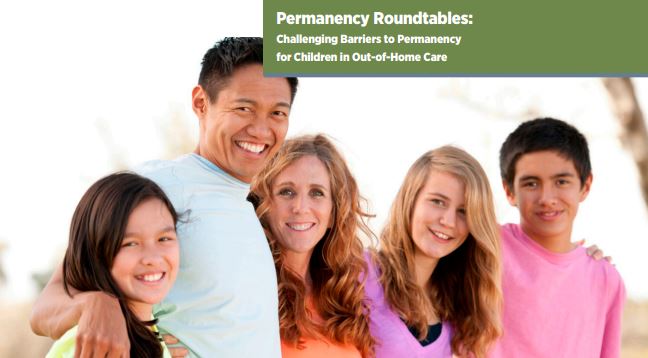Twenty-seven child welfare professionals participated in the first year of the Leadership Fellows program, learning how to use data to 1) identify issues that negatively impact children and families in the child welfare system and 2) make recommendations to address those issues. The fellows focused on teenage girls in out-of-home placement and recommended strategies to reduce home removal and – in situations where placement was necessary – to improve the placement experience. In addition to addressing system issues, the program served as a professional development experience for the fellows and resulted in improved career opportunities for many.
Click here to view the full report.
Content and analysis: Brian Bell and the 2014 Child Welfare Leadership Fellows
Writer: Susan Gove






